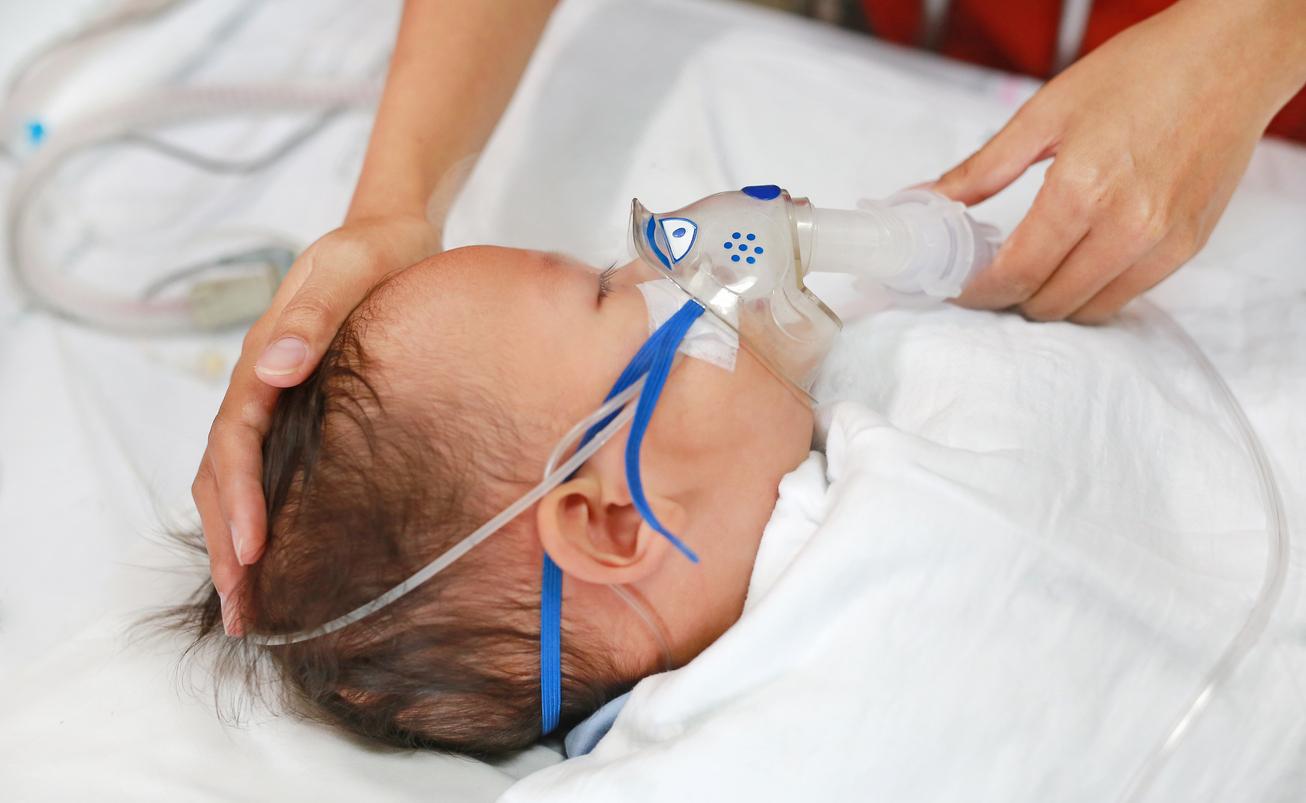Certain toys would be more effective in helping the baby learn to speak. According to a study, it is better to opt for the traditional ones than for an electronic gadget.

The presents have just been unwrapped, and the children, all excited, have gone to play. Electronic games are increasingly establishing themselves as kings under the tree, to the detriment of beautiful traditional toys.
However, a study published this week in the prestigious journal JAMA Pediatrics reveals that the latter are more effective for the development of language in children.
26 pairs of parents and their child, aged 10 to 16 months, took part in the study, which lasted from February 2013 to June 2014. The researchers presented them with three different types of activities to do together: from books to reading, electronic gadgets designed for language learning and finally traditional toys.
They then observed them several times during a 15-minute game session. The idea: count the number of words spoken by parents during these sessions, depending on the type of toy, but also the quantity of sounds emitted by babies, and analyze the parental response to different activities. These are all factors that influence the child’s ability to develop his language functions.
More or less exchanges
Researchers note less spoken exchanges between parents and children with gadgets than with traditional toys and books. The number of words spoken by parents is also lower in this framework. In return, scientists have found that children vocalize less.
The gadgets are designed for language learning, but as a result, parents let them take over, and communicate less, which is detrimental to the child according to the researchers.
If the traditional toys obtain better results, and allow a real language exchange between the child and the adult, the books are undoubtedly the big winners. Scientists believe this is the best tool for language development.
They therefore recommend regular reading activities with the baby, and if this is not possible, to prefer traditional toys to electronic toys, which allow a more active development of language.
At least you know what to get the younger ones next year!
.

















